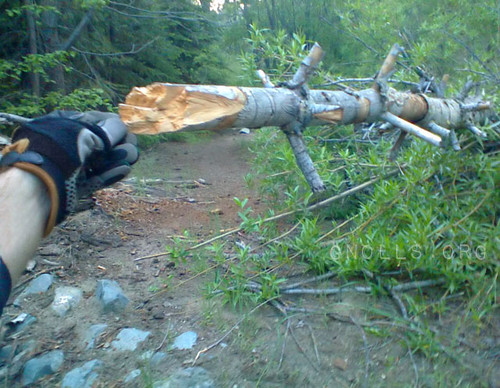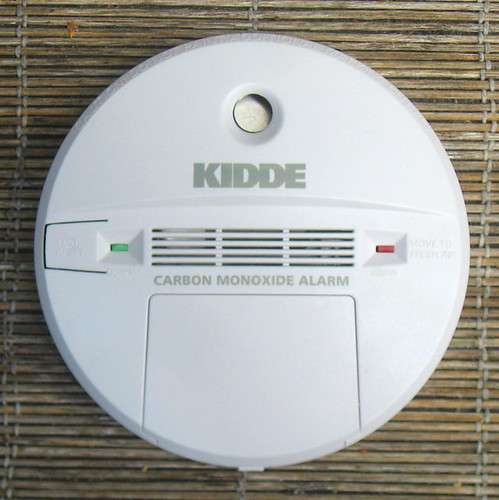As I mentioned at the end of last week’s article, I’m taking a week off to enjoy the summer holidays—and the ridiculous snowpack here in the Sierras, which has allowed me three days of excellent skiing in July.
I’ll be back on my regular weekly schedule next week, but in the meantime, it is important to not die.
How Not To Die While Slow-Roasting A Pork Shoulder (Also Known As A “Pork Butt”)
Earlier this year, I decided to slow-roast a pork butt overnight in the oven. After it had been in for several hours, and just as I was falling asleep, my carbon monoxide alarm went off.
Winters are cold where I live. In order to be energy-efficient, I weatherstrip my doors and seal the drafts under them. And since my living area has good solar gain in the daytime, the forced-air heater often won’t come on until very late at night.
Apparently, in a well-insulated home or apartment, a gas oven can produce dangerous amounts of carbon monoxide in just a few hours. And since I was just getting ready to fall asleep, it is very likely that without a working carbon monoxide alarm just outside my bedroom, I would not have awakened the next morning.
At this point, I feel it appropriate to thank my mother (who insisted I have one) and the Kidde corporation (whose product still functioned correctly, even past the end of its advertised 5-year service life) for saving my life.
And because being alive is important, I strongly recommend that everyone own a carbon monoxide detector.
Yes, you’ll be irritated when it gives you that “low battery” chirp every nine months or so, and you’ll be annoyed that the batteries don’t last nearly as long as those in your smoke detectors.
You’ll also be alive.
You should be able to find carbon monoxide alarms at your local hardware store. However, if you’d like to support gnolls.org, you can buy them through the following Amazon links. (Plus, in my experience, Amazon is cheaper.)
Available models have changed somewhat since I bought mine: the most recent “Nighthawk” models come with a 7-year guarantee and are UL listed. And as a bonus, they come with batteries!
Here’s the basic unit: Kidde KN-COB-B-LS Carbon Monoxide Alarm. $23 as of this writing.
And here’s the next model up, which has a digital display that shows the actual CO level: Kidde KN-COPP-B-LS Carbon Monoxide Alarm. $35 as of this writing.
(Note that natural gas or propane heater malfunctions can also result in carbon monoxide poisoning, even if you have electric appliances. And a wood or pellet stove can get you if the flue clogs or the vents leak.)
How Not To Die While Riding A Mountain Bike
During the early season, there are often trees down on the trail—especially after spring storms.
Just a few days ago, I was riding a trail for the first time this year. In the middle of a fast and overgrown section with poor sight lines, I suddenly encountered a small fallen tree, whose sharp, splintered end was aimed directly at my chest.

If I had been going fractionally faster, or been paying less attention, this would have had my corpse stuck to the end of it.
I don’t think I’ve ever stopped a bicycle quite that fast—and the sharp end still ripped my glove and cut my fingers as it pushed past, stopping about four inches from my heart.
The moral of this story: Don’t override your line of sight, even on a familiar trail. And always keep your braking system properly adjusted and maintained. Someday you may need every last Newton of force it can provide.
Live in freedom, live in beauty.
JS


